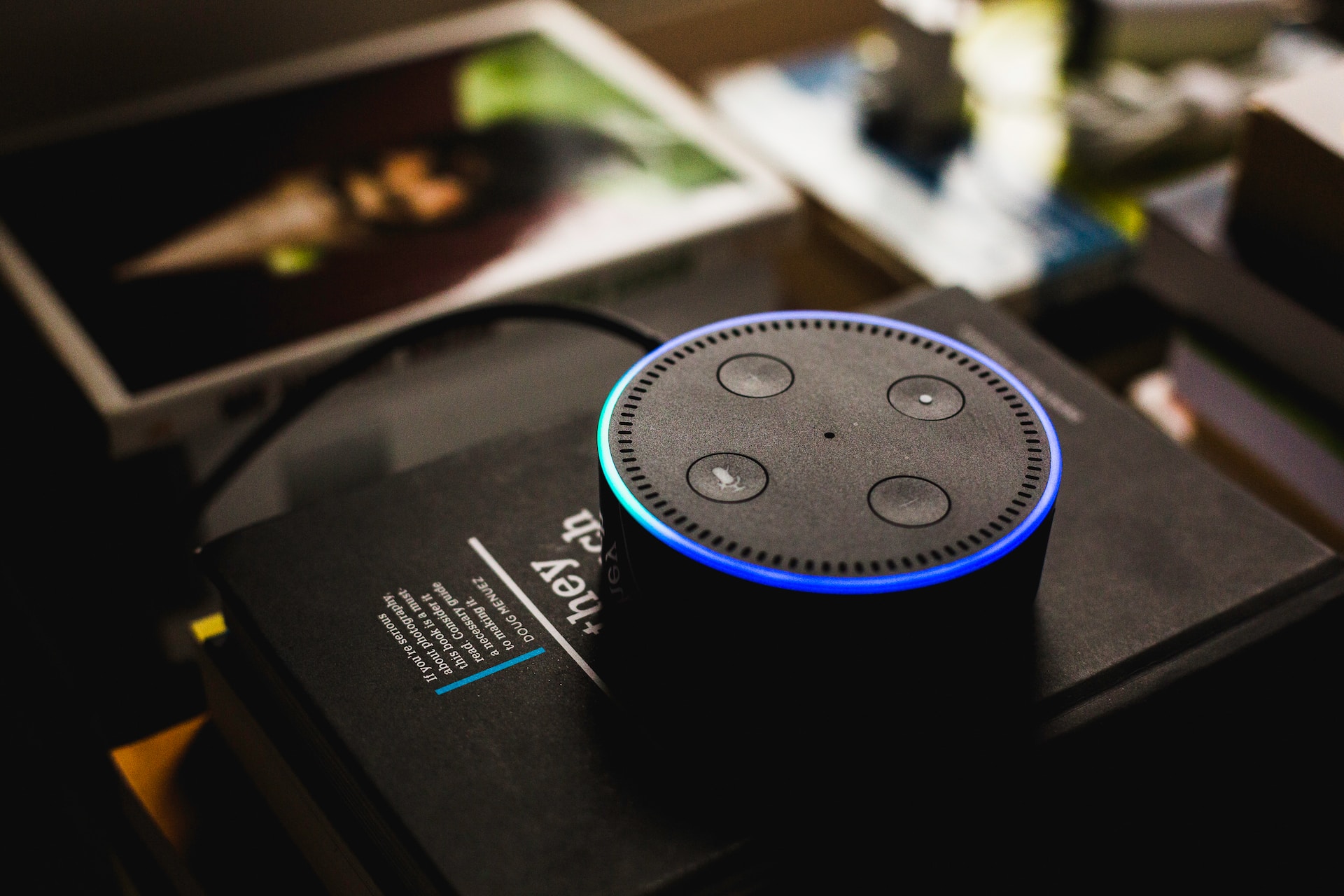7 Important Considerations for Successful IoT Software Commercialization

In the rapidly evolving landscape of IoT (Internet of Things), bringing your IoT software to market successfully requires a strategic approach. Discover the pivotal factors that can make or break your IoT software venture.
Explore security measures, scalability solutions, interoperability strategies, data management insights, user experience enhancements, monetization models, and regulatory compliance considerations.
Dive into this comprehensive guide to navigate the complexities of IoT software commercialization and position your product for lasting success.
Before moving further, What is IoT (Internet of Things)?
Security:
Implement end-to-end encryption to safeguard data transmitted between devices and your IoT software. Regularly update and patch your software to address security vulnerabilities. Consider using authentication protocols like OAuth or API keys to control access to your IoT system.
Scalability:
Employ cloud-based solutions that can dynamically allocate resources as demand grows. Use load-balancing techniques to distribute traffic evenly across servers. Plan for data storage solutions that can handle large volumes of historical data.
Interoperability:
Adhere to industry standards and communication protocols such as MQTT, CoAP, or HTTP. Provide comprehensive APIs and developer documentation to facilitate integration with third-party systems. Conduct compatibility testing with a range of devices and platforms.
Data Management:
Utilize data analytics and machine learning to derive actionable insights from the collected data. Implement data retention policies to manage the storage of historical data efficiently. Ensure compliance with data privacy regulations, such as GDPR or HIPAA, when handling sensitive information.
User Experience:
Conduct user testing to gather feedback and make iterative improvements to the user interface. Offer customizable dashboards and reporting features to empower users to visualize their data. Provide user-friendly onboarding processes and precise documentation.
Monetization Strategy:
Consider offering a freemium model with basic features available for free and premium components for paid subscribers. Explore partnerships with hardware manufacturers to bundle your software with their devices. Implement flexible pricing plans to cater to the diverse needs of your customer base.
Regulatory Compliance:
Stay informed about evolving regulations related to IoT security, data privacy, and interoperability. Appoint a compliance officer or team responsible for ensuring adherence to relevant laws. Regularly review and update your privacy policy and terms of service to reflect any changes in regulations.
Thank you for joining us on this journey through the essential considerations for successful IoT software commercialization. Your insights and engagement mean the world to us.
If you found this information valuable, don’t keep it to yourself! Share this post with your network and fellow IoT enthusiasts.
Looking to stay updated on the latest trends and insights in the world of IoT and technology? Subscribe to our newsletter for exclusive content, expert interviews, and more. Be the first to know what’s shaping the future of IoT.
And don’t forget to check out our YouTube channel, @factober, for in-depth discussions, tutorials, and case studies. Subscribe, hit that notification bell, and join our growing community of tech innovators.
Your support and curiosity drive us to keep exploring the boundless possibilities of IoT. Together, we’re shaping the future, one connected device at a time.
Thank you for being a part of the @factober community.





